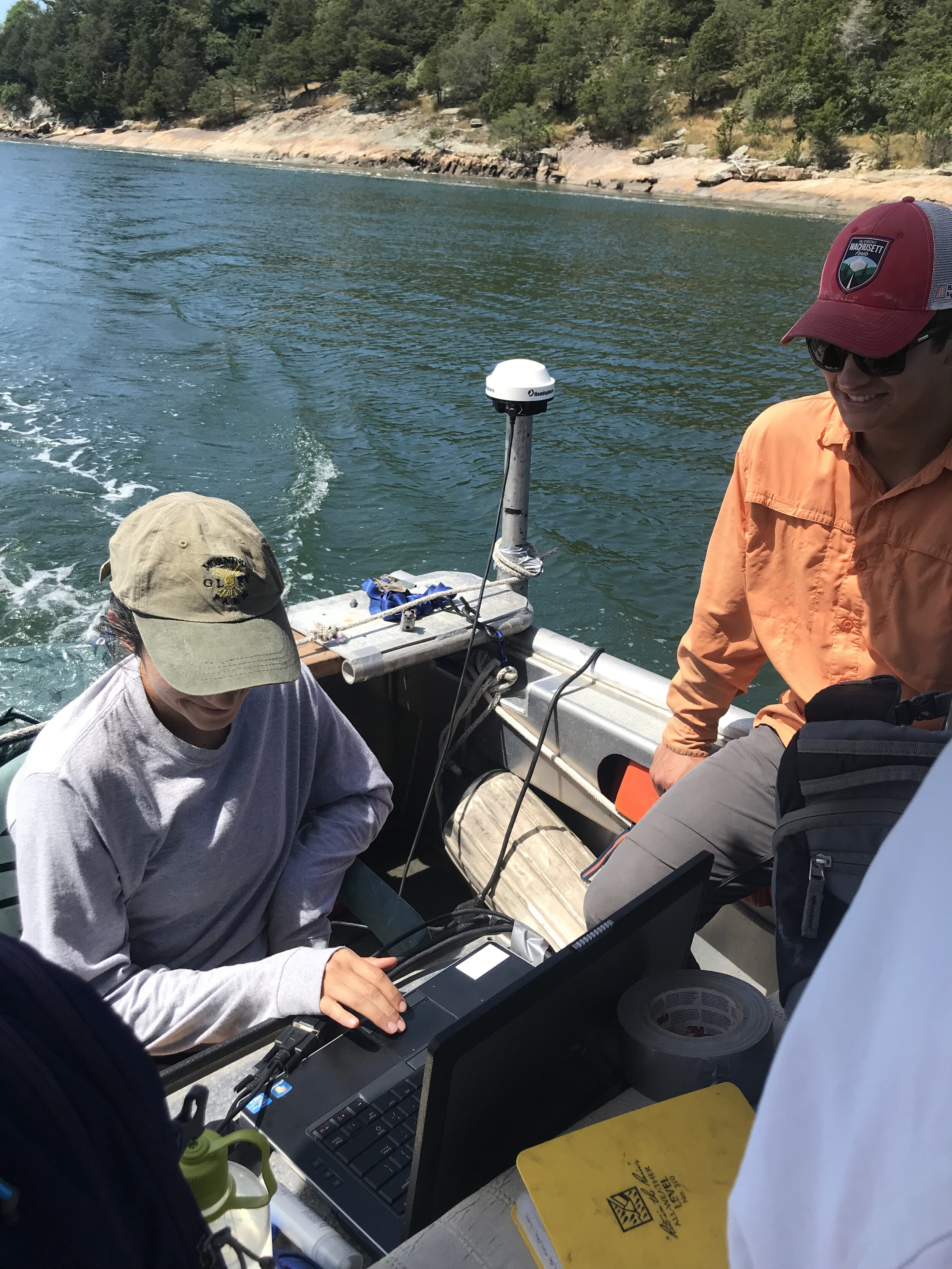Coastal Wave and Sediment Study
Under a $190,349 MVP Action Grant awarded to the Town of Essex, The Trustees and Boston University are taking part in a coastal wave and sediment study exploring the future integrity of Crane Beach and Essex Bay / Estuary. The award follows on the heels of an intense winter storm season in 2018 that saw significant flooding and disruptions to roads throughout Essex and Ipswich. Together the partners seek to calculate the vulnerability of local resources to a changing climate, and understand how to improve the resilience of the coastline using nature-based solutions. Additionally, the project will help The Trustees plan for the future of Castle Neck by better understanding the sand movement along Crane Beach and by learning more about flooding in the Argilla Road area.
“At the end of Castle Neck, the beach is eroding and losing sand,” explains Trustees Director of Coast and Natural Resources Tom O’Shea. “Much of that sand has gone into the Essex Estuary. Right now that end of the beach is essentially ‘sand-starved,’ as part of the beach just beyond the boardwalk continues to build out into the water. While beaches change naturally, we want to understand how climate will either worsen or change this natural cycle and how it ultimately will affect the future of Crane Beach. With sea level rise and more intense storms, these natural cycles may be different than they were in the past and we want to understand those impacts, projected into the future. Then we will have a data-informed approach to intervene, if needed, to protect our natural infrastructure. This research is an important first step.”
The partners are using modeling tools (hydrodynamic, wave, and sediment transport), to illustrate and quantify the impacts of future sea-level rise and increased storminess on the Essex Inlet, how these factors will affect tidal heightening and wave energy during storms, and how sand movement into Essex Bay affects ecosystem services such as shellfisheries and protective marsh systems. A major goal of this project is to help produce management guidelines for using natural processes and resources to maintain a robust barrier island and spit system; predict future salt marsh health (Essex’s primary nature-based defense); and forecast tidal flat dynamics (shellfish environments). The study will conclude in July 2020 and results will be published through seminars, presentations and local meetings.
[Editor’s Note: All photos taken before COVID-19 social distancing guidelines. Images courtesy BU: Boston University Summer Interns (Alison Gill, Barnard 2020; Owen Ryerson, UNC, Chapel Hill, 2021) assisting Duncan FitzGerald and Zoe Hughes (BU Dept of Earth and Environment) with real time kinematic GPS and single beam bathymetric surveys throughout Essex Bay.]



